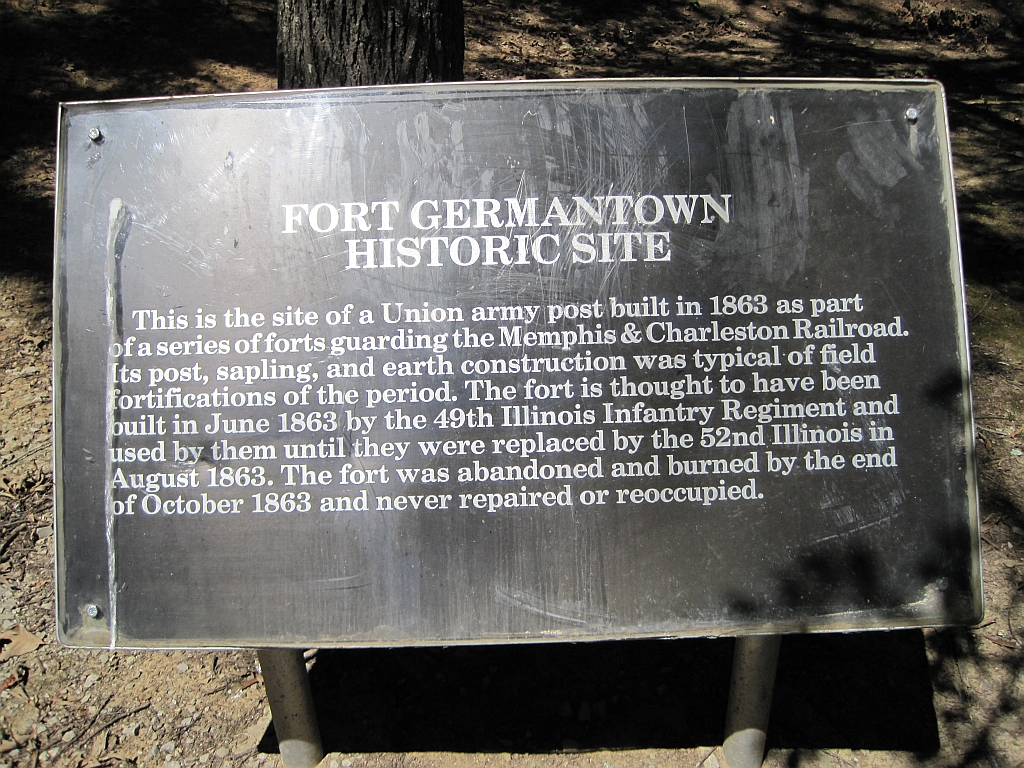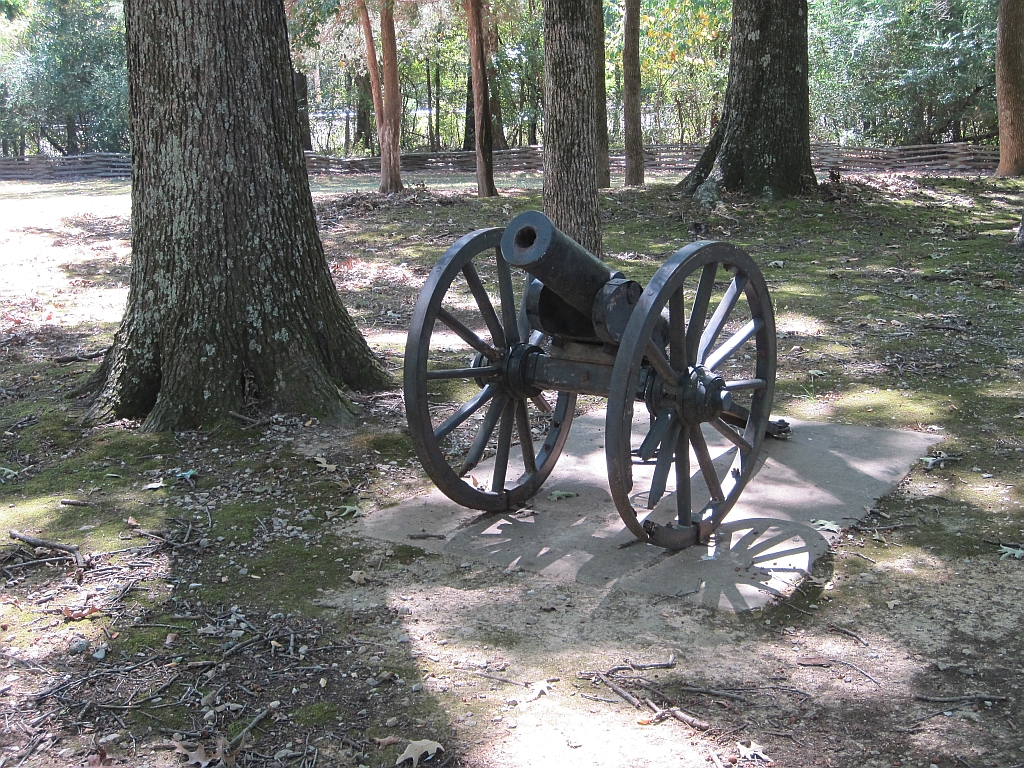In the heart of Germantown, Tennessee, tucked between tree-lined streets and modern homes, lies a small but powerful reminder of the past—Fort Germantown. This modest historic site is all that remains of a once-active Union fortification from the American Civil War, and it now serves as a preserved piece of history amidst the suburbs of greater Memphis.
Though easily overlooked, Fort Germantown tells a rich story of military strategy, regional conflict, and historical preservation. It’s a hidden gem that connects modern residents with a pivotal moment in Tennessee’s Civil War history.
Strategic Significance During the Civil War
Built in 1863 by Union troops, Fort Germantown was strategically located along the Memphis and Charleston Railroad, a vital transportation route that linked the Mississippi River to the eastern Confederate states. Control of this rail line was essential for the Union Army’s efforts to disrupt Confederate supply chains and troop movement.
The fort served as a protective outpost, guarding the railroad against sabotage and enabling Union forces to maintain their hold on this critical corridor through west Tennessee.

Fort Design and Construction
Fort Germantown was not a grand military installation by scale, but it was highly functional. Constructed as an earthen redoubt, it featured:
- Log-reinforced parapets
- Surrounding rifle pits
- A clear field of fire for defending troops
- Trenches and barriers to deter Confederate raids
Though much of the original structure no longer remains, the site has been carefully preserved and interpreted, offering visitors a glimpse into what Civil War military engineering looked like in the field.
Importance of Historic Preservation
Preserving Fort Germantown is a testament to the city’s commitment to honoring its past while embracing its future. In an era when many Civil War sites have been lost to development, Germantown stands out for maintaining a space where historical reflection meets public recreation.
Organizations such as the Tennessee Historical Commission and local heritage groups have supported efforts to conserve the site and promote it as part of the region’s Civil War trail network.
Educational and Historical Value
Fort Germantown may be small, but it plays a big role in local heritage tourism and education. The site is often visited by:
- School field trips studying Tennessee’s role in the Civil War
- Historians and Civil War reenactors
- Local residents seeking to better understand the history beneath their feet
Interpretive panels at the park help tell the story of Fort Germantown, its soldiers, and its significance within the broader conflict. It stands as a reminder that even the suburbs have stories to tell—often more complex and compelling than expected.
Fort Germantown Park Today

Today, the former battlefield is known as Fort Germantown Park, a peaceful suburban green space that includes:
- Interpretive historical signage
- Replica cannons
- Walking paths and benches
- Manicured landscaping with preserved earthworks
The site is managed by the City of Germantown Parks and Recreation Department, in collaboration with local historical societies and Civil War preservation advocates. It serves both as a memorial to the soldiers who once defended the area and as a place for community education.
Visiting Fort Germantown
Fort Germantown is located at:
📍 3085 West Street, Germantown, TN 38138
Admission is free, and the park is open year-round during daylight hours. Visitors are encouraged to:
- Walk the grounds
- Read the interpretive signage
- Reflect on the site’s military and cultural legacy
For those interested in Tennessee Civil War history, it pairs well with visits to nearby historical sites in Memphis and the surrounding Shelby County area.
Final Thoughts
Fort Germantown may not be as famous as Gettysburg or Shiloh, but its story is no less vital. It represents a moment in time when Germantown was at the edge of a divided nation, caught between Union strategy and Confederate resistance.
Today, the site remains a quiet yet powerful tribute to the past—a place where cannons are silent, but the lessons of history still speak clearly. For residents and visitors alike, it’s a reminder that the most meaningful landmarks are often those closest to home.


